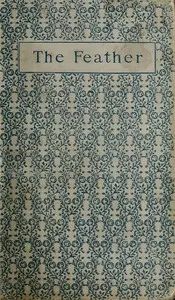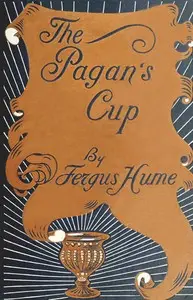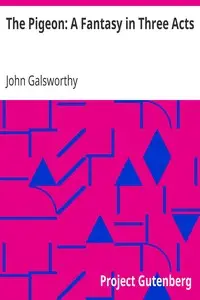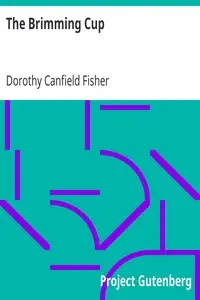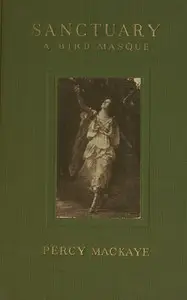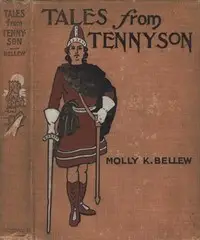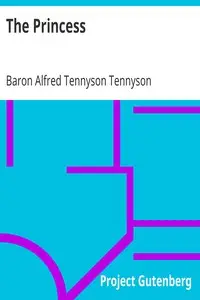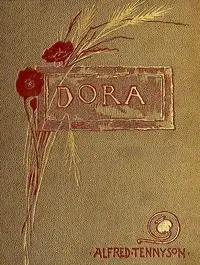"The Cup; and The Falcon" by Alfred Lord Tennyson is a selection of two theatrical stories from the late 1800s. One play, a sad story set in Galatia, focuses on love that goes wrong, acts of disloyalty, and a strong wish to succeed. The other play is a love story set in Italy that highlights devotion and the feeling of deep loss. The plays share a focus on intense feelings and the results of choices made by people dealing with problems in society. One story shows how a nobleman tries to get the wife of a ruler for himself, using sneaky moves during a time of trouble with the Romans, which leads to heartbreaking results. The other story presents a count whose falcon becomes a key part of a meaningful trade when a lady needs the bird to help her sick child, showing big sacrifices and the complex nature of love.
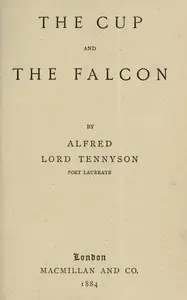
The cup; and The falcon
By Alfred Tennyson Tennyson
Set in different lands, powerful emotions arise between characters, leading to betrayal, sacrifice, and the redemptive possibilities of love.
Summary
About the AuthorAlfred Tennyson, 1st Baron Tennyson,, was an English poet. He was the Poet Laureate during much of Queen Victoria's reign. In 1829, Tennyson was awarded the Chancellor's Gold Medal at Cambridge for one of his first pieces, "Timbuktu". He published his first solo collection of poems, Poems, Chiefly Lyrical, in 1830. "Claribel" and "Mariana", which remain some of Tennyson's most celebrated poems, were included in this volume. Although described by some critics as overly sentimental, his poems ultimately proved popular and brought Tennyson to the attention of well-known writers of the day, including Samuel Taylor Coleridge. Tennyson's early poetry, with its medievalism and powerful visual imagery, was a major influence on the Pre-Raphaelite Brotherhood.
Alfred Tennyson, 1st Baron Tennyson,, was an English poet. He was the Poet Laureate during much of Queen Victoria's reign. In 1829, Tennyson was awarded the Chancellor's Gold Medal at Cambridge for one of his first pieces, "Timbuktu". He published his first solo collection of poems, Poems, Chiefly Lyrical, in 1830. "Claribel" and "Mariana", which remain some of Tennyson's most celebrated poems, were included in this volume. Although described by some critics as overly sentimental, his poems ultimately proved popular and brought Tennyson to the attention of well-known writers of the day, including Samuel Taylor Coleridge. Tennyson's early poetry, with its medievalism and powerful visual imagery, was a major influence on the Pre-Raphaelite Brotherhood.

